Ancient Stone Circles
Thursday, 21st June 2012 by David Nicol
In hidden corners of the British Isles and northwestern France, you can find stone circles: mysterious and often beautiful monuments created in the distant past by Neolithic and Bronze Age peoples who arranged large boulders into circular formations. Their purposes are often enigmatic, and the motivations of the builders remain the subject of debate among archaeologists and historians.
Despite their age, the formations often show great technical sophistication: here, for example are the Merry Maidens, near the southern tip of Cornwall, often described as the most perfectly circular of them all.
Now, you might think that in order to see a stone circle you would need to trudge for hours across the countryside, dodging cowpats and hauling yourself over stiles. But the armchair traveller is in luck. The British, Irish and French seem to delight in building roads right next to – and sometimes even through the centre of – ancient monuments. While this habit often detracts from the beauty of these once-sacred places, it does at least enable the Google Sightseer to acquire a close-up view.
The stones with the most spectacular setting must be the Calanais (or Callanish) Stones, which stand on a hilltop overlooking a loch on the Isle of Lewis, Scotland.
Some stone circles seem intended to intimidate. Here the Ring of Brodgar (which is a UNESCO World Heritage site), stands like broken giants' teeth on the mainland of Orkney.
Others seem more welcoming. The little Carrowmore structures in County Sligo, Ireland, are ideal picnic spots (although this one, like most of them, actually marks a burial site).
If we are to examine stone circles more closely, we should first travel to Cumbria, the home of Long Meg and her Daughters. Long Meg herself is a 3.6 m (12 ft) sandstone megalith:
Meg's daughters form a nearby stone circle. Amazingly, someone thought it would be a great idea to drive a road through the centre of them.
The village of Avebury (another World Heritage Site) in Wiltshire takes the attitude one step further: half of the village is actually built inside a giant stone circle.
A road takes us right through the enormous circle, which is nearly a mile in circumference.
The Street View cameras also travelled along the town's many footpaths, enabling us to admire the megaliths at the centre of the circle:
In France, they do things differently. The Carnac stones in Brittany includes a series of extraordinary stone rows. Fortunately, the tradition of slicing roads through ancient monuments exists there too, enabling us to get an excellent angle on the largest formation, at Menéc.
As a finale, we must of course conclude with Stonehenge, the grandest of all stone circles. Predictably, it has a car park.
Thanks to the Street View cameras, you can perambulate along the footpath that surrounds the monument, and you too can partake in the ancient tradition of saying “it's smaller than I expected”.
Stonehenge forms part of the same World Heritage site as Avebury, and is of such importance that visitors are not normally permitted to approach the stones - but the Street View cameras were apparently given special permission (perhaps by this guy) to transgress into the centre of the circle. Which provides us with the best possible climax to our tour as we get up close and personal with some truly spectacular ancient megaliths.
See Wikipedia for more information on the Merry Maidens, the Callanish Stones, the Ring of Brodgar, Carrowmore, Long Meg and her Daughters, Avebury, the Carnac Stones, and Stonehenge.
Previously on Google Sightseeing: Stonehenge, Avebury.
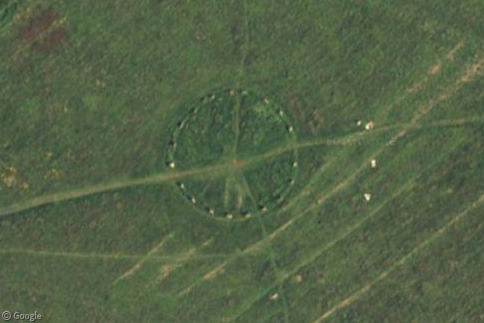
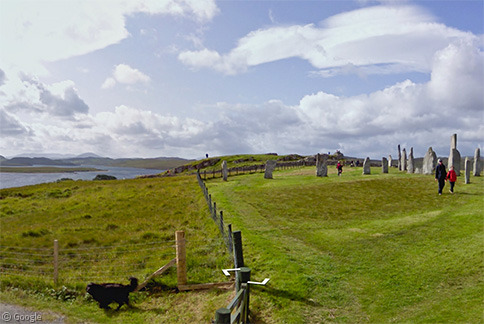
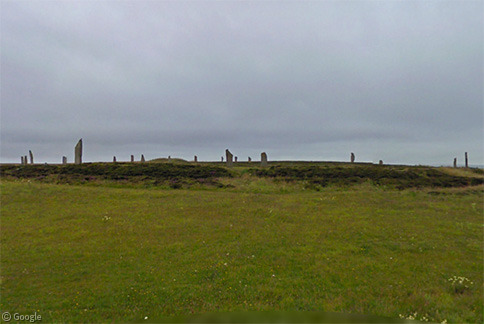
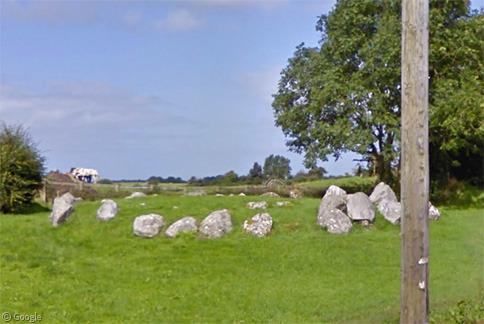
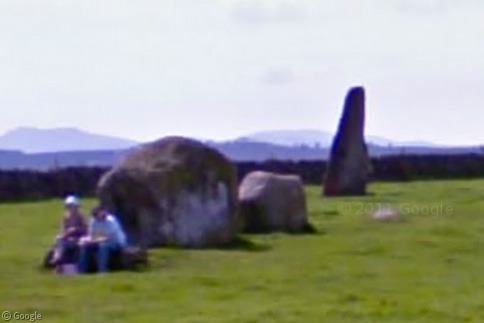
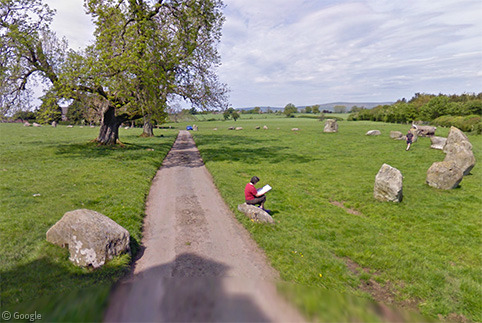
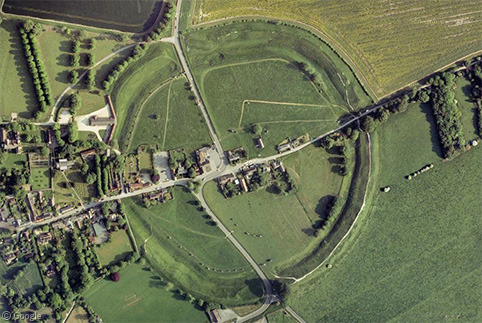
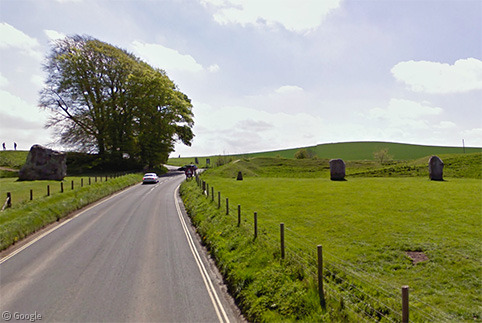
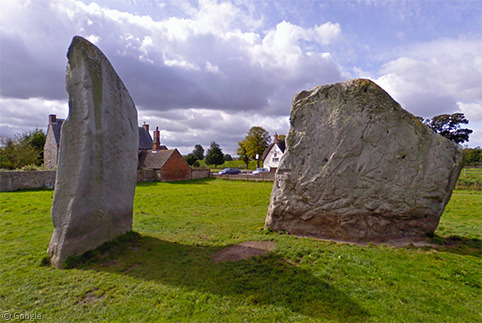
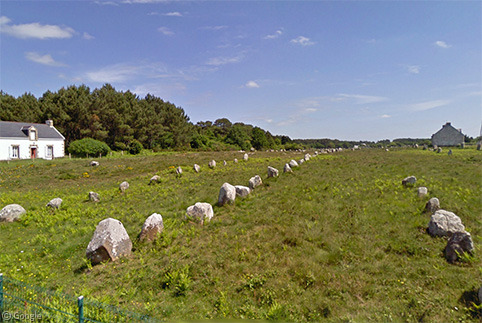
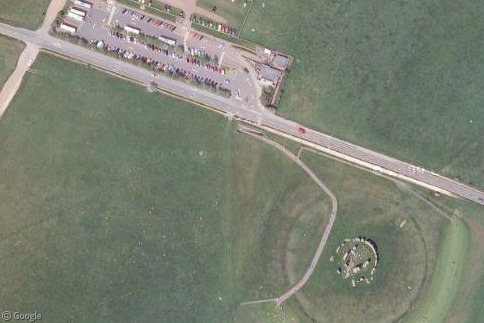
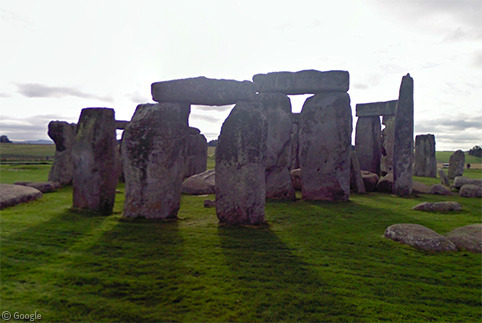
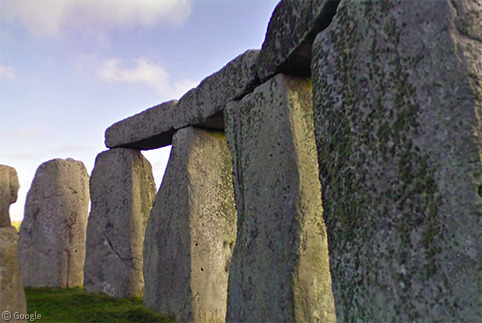
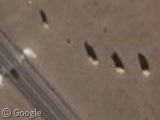
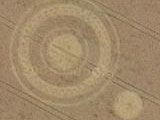


Castlerigg Stone Circle in the Lake District is nice:
View Placemark
It’s hard to see from Street View, though.
They were built by ancient tourist boards.